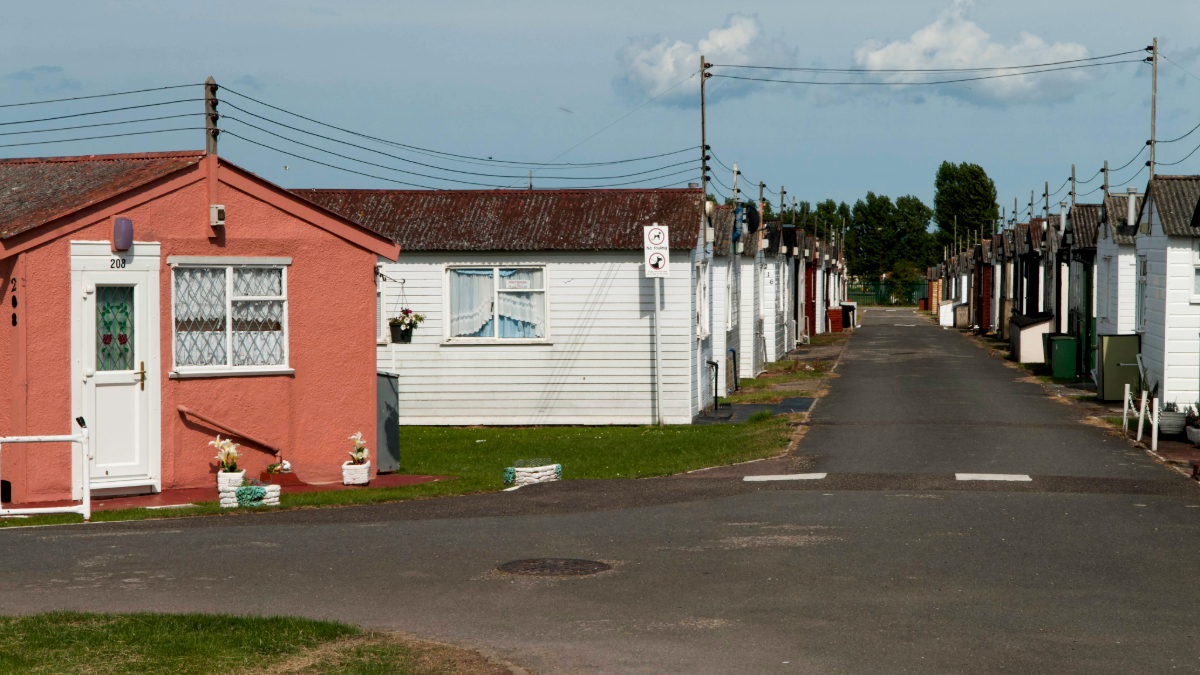"My one experience of the Isle of Sheppey was when we played a wedding. I was driving around thinking, What the fuck? It was worse than Norfolk. Just fields and nothing. But I must say, it was a good wedding.”
This is what my Dad, who grew up in the Norwich countryside but has lived in Kent for 30 years, told me when I asked him about the Isle of Sheppey. A musician in his spare time, he had gone there for a gig. Once. And never returned. Until last week, when he drove me there for this article.
Derived from Sceapig, Old English for "Sheep Island", Sheppey is home to three prisons, one nudist beach and thousands of scorpions, thought to have been brought over on a ship from Italy in the 18th or 19th century. It is also a place where pigs can fly; in 1909, a piglet named Icarus was attached to a biplane at RAF Eastchurch, the birthplace of British aviation. If this weren’t weird enough, just off its coast is “Deadman’s Island”, a mudbank filled with the coffins of convicts from two centuries ago, bones of which sometimes emerge from the mud, zombie-style. Oh, and there’s a shipwreck off the coast, too, which is full of explosives that (probably) won’t explode.
All of this serves to make Sheppey, neighbouring the Thames Estuary, the most interesting place in the county.
The 36-square-mile island forms part of Swale, one of the most deprived areas in Kent, and is only accessible by one of two bridges. A stubbornly popular seaside holiday destination, its parliamentary constituency is that of Sittingbourne and Sheppey, which children at my secondary school had not very kindly taken to terming “Shittingbourne”. It was also where the series The End of the F***ing World was filmed — the name of which I can’t imagine did the world of good for Sheppey’s reputation. Which is bad, by the way. At least it has always been 40 minutes away in Canterbury, where I grew up.
Register for free to read this article.
